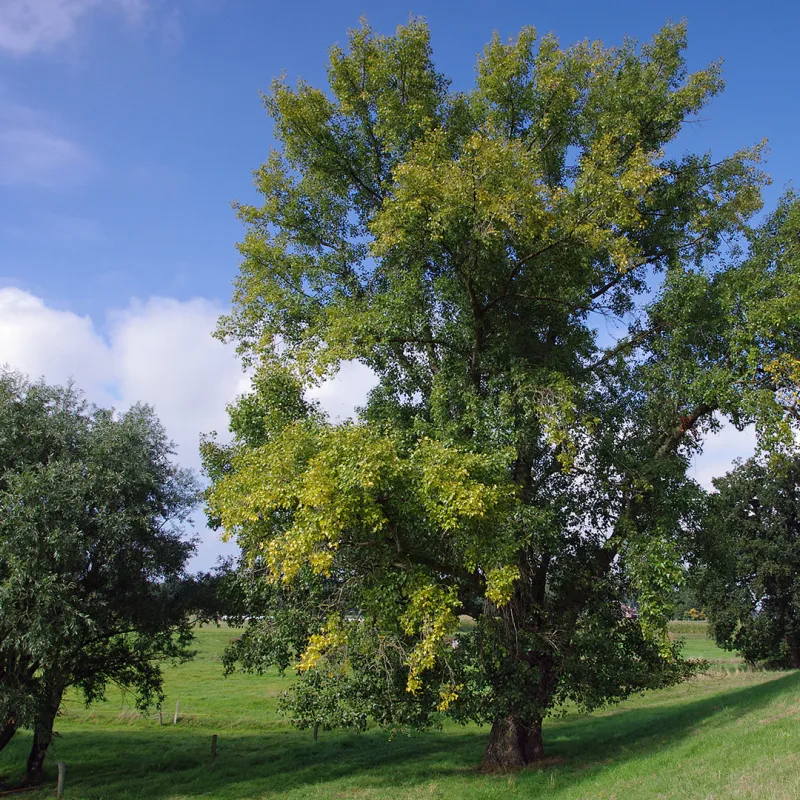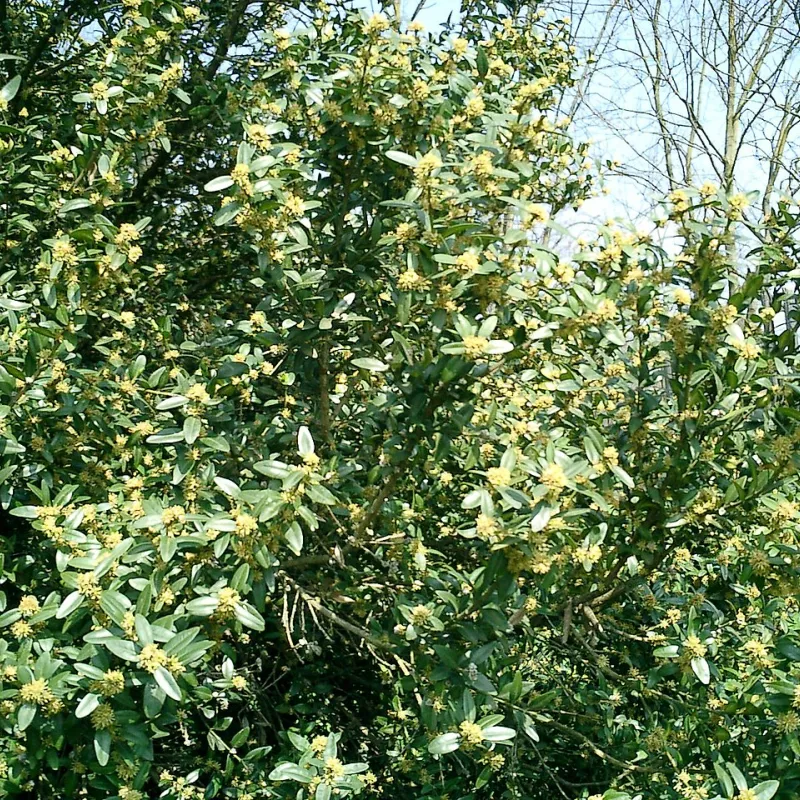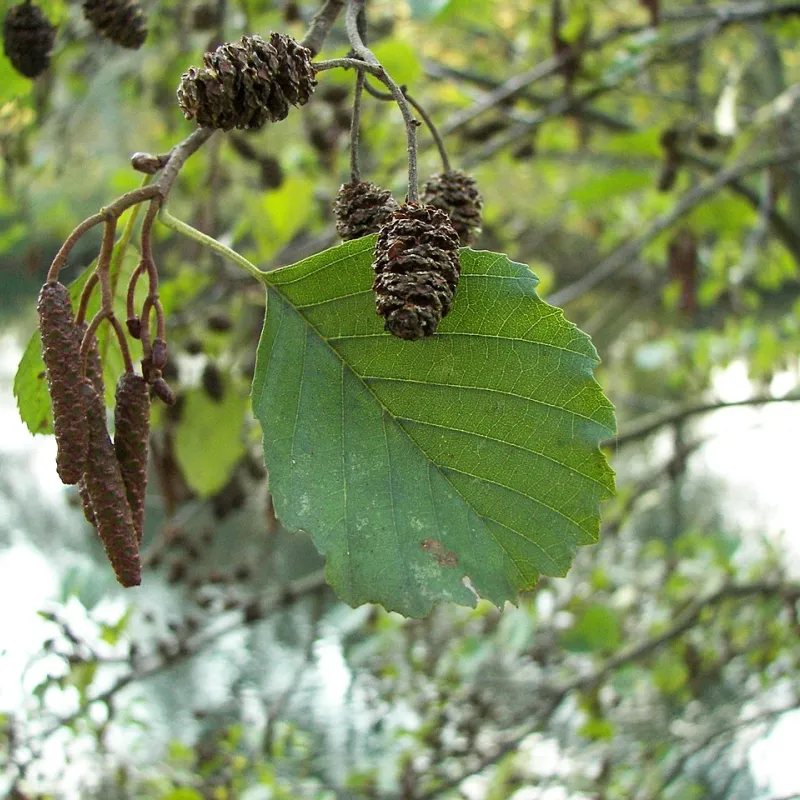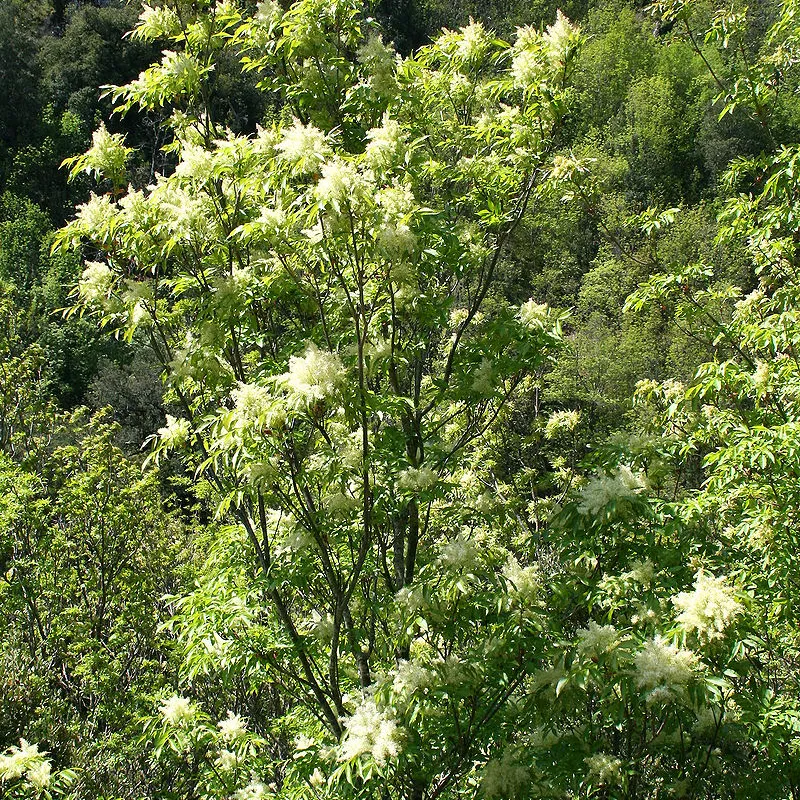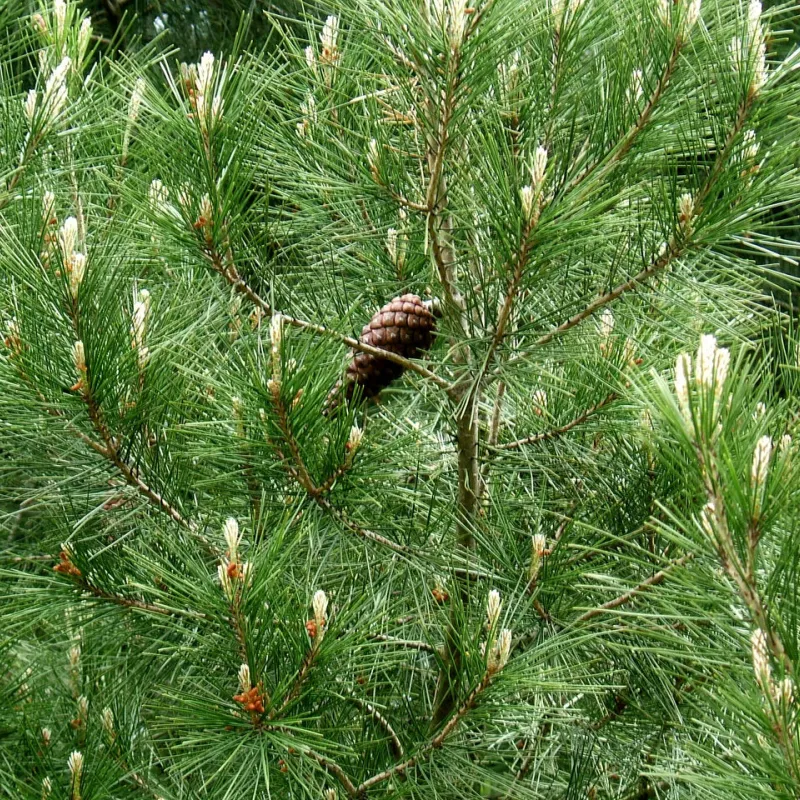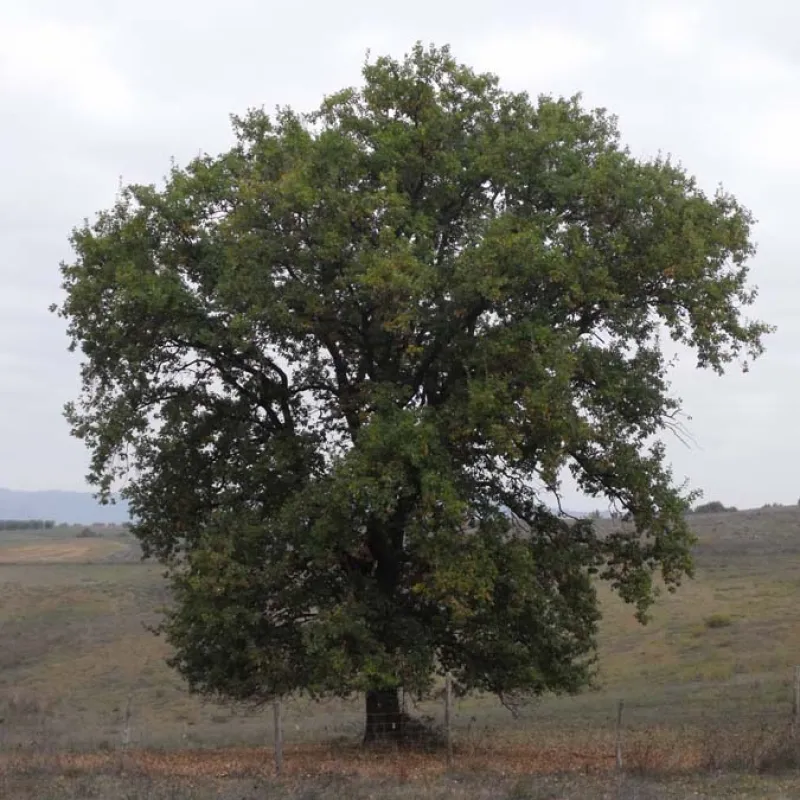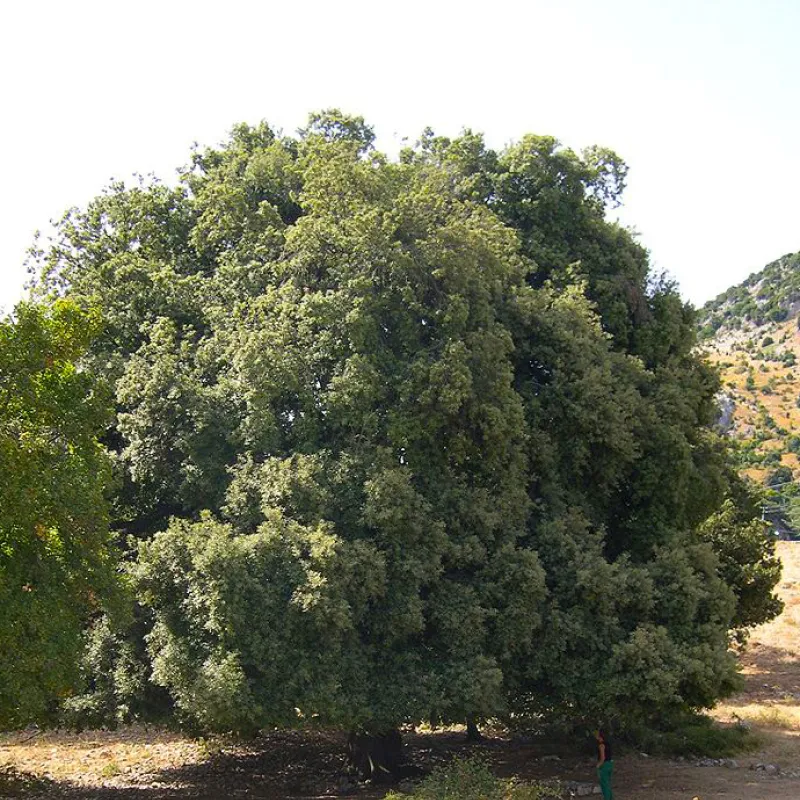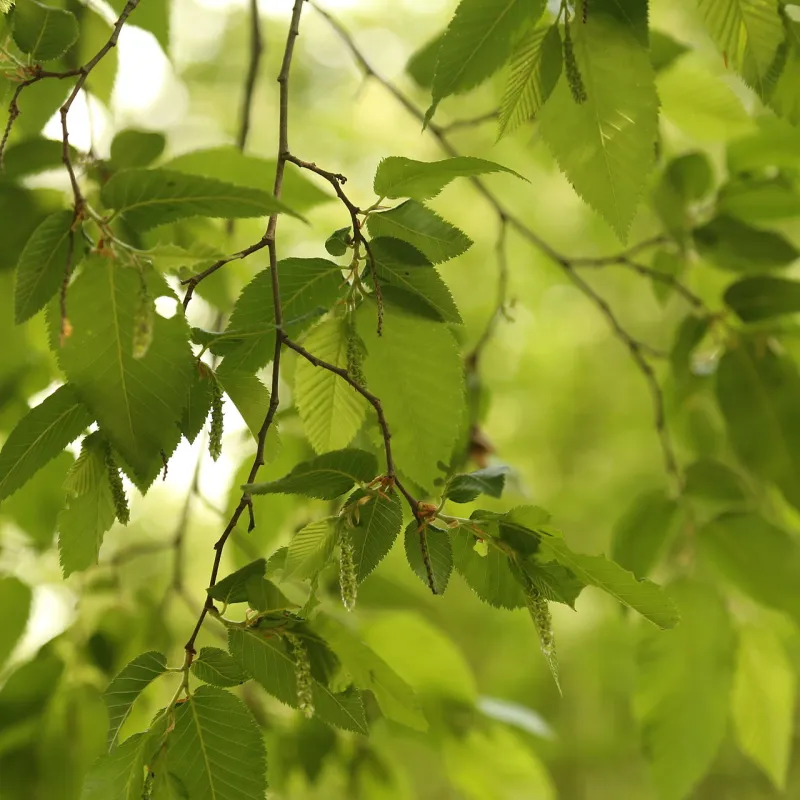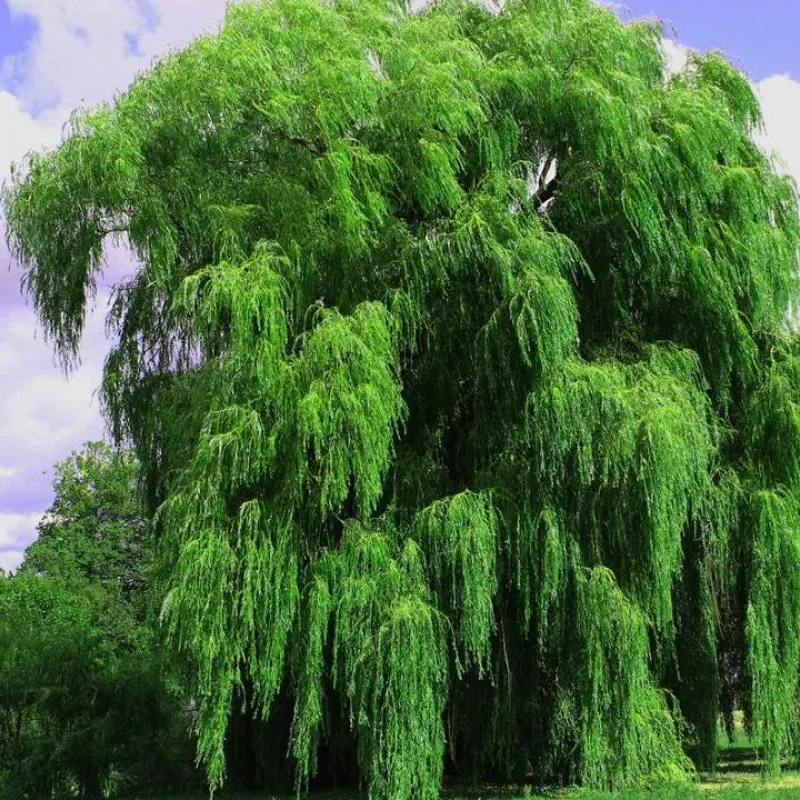The flora of the Nera River Park
Starting from the banks of the Nera River, the surrounding vegetation is characterised by gallery forests, named as such because they envelop the river with their crowns of plants, which in some places almost touch each other.
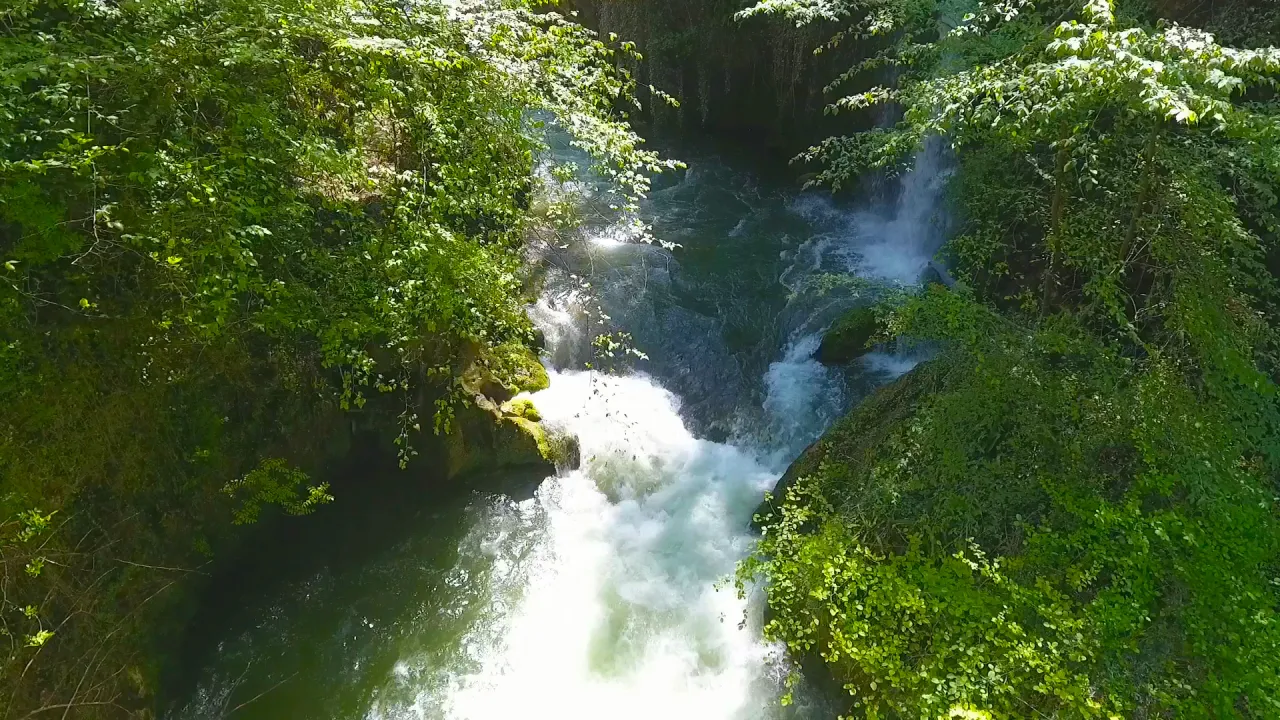
The predominant species in these forests are white willow, black alder and poplars. It is also interesting to note the varied presence of moss and algae, favoured by the high atmospheric humidity. Climbing in altitude towards the steep slopes of the Valnerina, holm oak forests mixed with Aleppo pine forests, become predominant.
It is also worthy to note the presence of boxwood, which form large quantities of shrubs on the cool, rocky slopes and the woods of downy oak, manna ash and black hornbeam, which grow on the slopes where these species get the better of cork oak.
The Valnerina has been inhabited by man since ancient times. In addition to an extraordinary natural environment, there are elements within the River Park that link vegetation to human traditions. The foothills and parts of the mountains of the Valnerina are cultivated with olive trees, often on terraces and lunettes supported by ancient dry-stone walls, evidence of a tradition dating back to Etruscan times.
In cultivated fields, it is still possible to see characteristic elements of the Umbrian rural landscape, such as rows of oaks or cypress poplars which mark out roads or borders, field maples planted to support vines and cut willows used to tie vine branches. These elements are testimony to a harmonious and lasting relationship between man and the land.
Copyright © 2024 - Ferentillo, Through History, Art and Nature - All rights reserved.
